Definition:
Dental implants have become a popular and effective solution for replacing missing teeth, providing individuals with improved oral health and restored confidence in their smiles. However, like any medical procedure, dental implants are not immune to complications and diseases. In this comprehensive guide, we will explore various dental implant diseases, their causes, symptoms, and the best treatment options available.
Dental Implant Diseases Overview:
1.Peri-Implantitis:
- Causes: Bacterial infection around the implant site, poor oral hygiene, smoking, and pre-existing periodontal disease.
- Symptoms: Redness, swelling, bleeding gums, pain, and progressive bone loss.
- Treatment: Non-surgical and surgical approaches, including scaling and root planning, antibiotics, and in severe cases, implant removal.
2.Osseointegration Failures:
- Causes: Insufficient bone density, poor surgical technique, implant overload, or systemic health issues.
- Symptoms: Implant mobility, persistent pain, and discomfort.
- Treatment: Revision surgery, bone grafting, and addressing underlying systemic issues.
3.Foreign Body Rejection:
- Causes: Immunological response to implant material, allergies.
- Symptoms: Swelling, pain, and redness.
- Treatment: Removal of the implant, anti-inflammatory medications, and alternative implant materials.
Contributing Factors to Dental Implant Diseases:
1.Poor Oral Hygiene:
- Importance of regular brushing, flossing, and professional cleanings.
- Connection between oral hygiene and peri-implant diseases.
2.Smoking and Tobacco Uses:
- Impact of smoking on blood circulation and healing.
- Increased risk of peri-implantitis and implant failure.
3.Systemic Health Conditions:
- Diabetes, autoimmune disorders, and their influence on dental implant success.
- Importance of thorough medical history assessment.
Prevention Strategies:
1.Educating Patients:
- Importance of understanding oral hygiene practices.
- The role of regular dental check-ups and cleanings.
2.Pre- Implant Evolution:
- Thorough assessment of patient’s medical and dental history.
- Radiographic examination for bone density and quality.
3.Smoking Cessation Program:
- Motivational strategies for patients to quit smoking.
- Impact of smoking cessation on implant success rates.
Diagnostic Tools and Imaging Techniques:
1.CBCT Scans:
- Comprehensive evaluation of bone structure.
- Early detection of potential complications.
2.Microbial Analysis:
- Importance of identifying specific pathogens causing infections.
- Tailoring antibiotic therapy based on microbial analysis.
Emerging Technologies and Research:
1.Implant Surface Modifications:
- Advancements in implant materials and coatings.
- Impact on reducing the risk of peri-implant diseases.
2.Regenerative Therapies:
- Use of growth factors and stem cells for bone regeneration.
- Potential for enhancing implant success and longevity.
Case Studies and Success Stories:
1.Patient Experiences:
- Stories of successful implant treatments.
- Overcoming challenges and maintaining oral health.
2.Multidiciplinary Approaches:
- Collaboration between dentists, periodontists, and surgeons.
- Comprehensive care plans for successful outcomes.
Short Thoughts:
Dental implant diseases, while challenging, can be effectively managed and prevented through a combination of patient education, meticulous treatment planning, and ongoing research in implant dentistry. By understanding the causes, symptoms, and treatment options for these diseases, both patients and dental professionals can work together to ensure the long-term success of dental implant treatments.
FAQs:
1.What are the common diseases associated with dental implants?
Common diseases include peri-implantitis, osseointegration failure, and foreign body rejection. These conditions can affect the implant’s stability and overall oral health.
2.What causes infections around dental implants?
Infections, like peri-implantitis, often result from poor oral hygiene, smoking, and existing gum disease. Bacteria build-up around the implant site can also contribute.
3.How can I tell if my dental implant is infected?
Symptoms of an infected implant include redness, swelling, bleeding around the gums, pain, and sometimes pus or a bad taste in the mouth.
4.Can dental implant failure be fixed?
Yes, depending on the cause. Treatments may include cleaning, antibiotics, bone grafting, or even implant replacement to restore stability.
5.What is osseointegration, and why is it important?
Osseointegration is the process where the implant fuses with the jawbone. It’s essential because successful fusion provides stability for the implant, allowing it to function like a natural tooth.
6.Does smoking affect dental implants?
Yes, smoking can reduce blood flow to the gums and hinder healing, increasing the risk of implant diseases, especially peri-implantitis.
7.How can I prevent dental implant diseases?
Maintaining good oral hygiene, avoiding smoking, managing health conditions like diabetes, and attending regular dental check-ups are key to preventing implant-related diseases.
8.What should I do if my dental implant feels loose?
Contact your dentist right away, as a loose implant can indicate osseointegration failure or other issues that need timely attention.
9.Are there new technologies improving dental implant success?
Yes, innovations like surface-modified implants and regenerative therapies are being researched to reduce risks and improve implant outcomes.
10.What are the success rates for dental implants?
With proper care, dental implants have a high success rate, often above 95%. However, this rate may vary depending on individual health factors and maintenance.



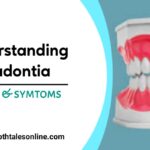

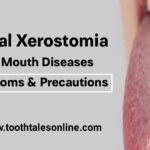


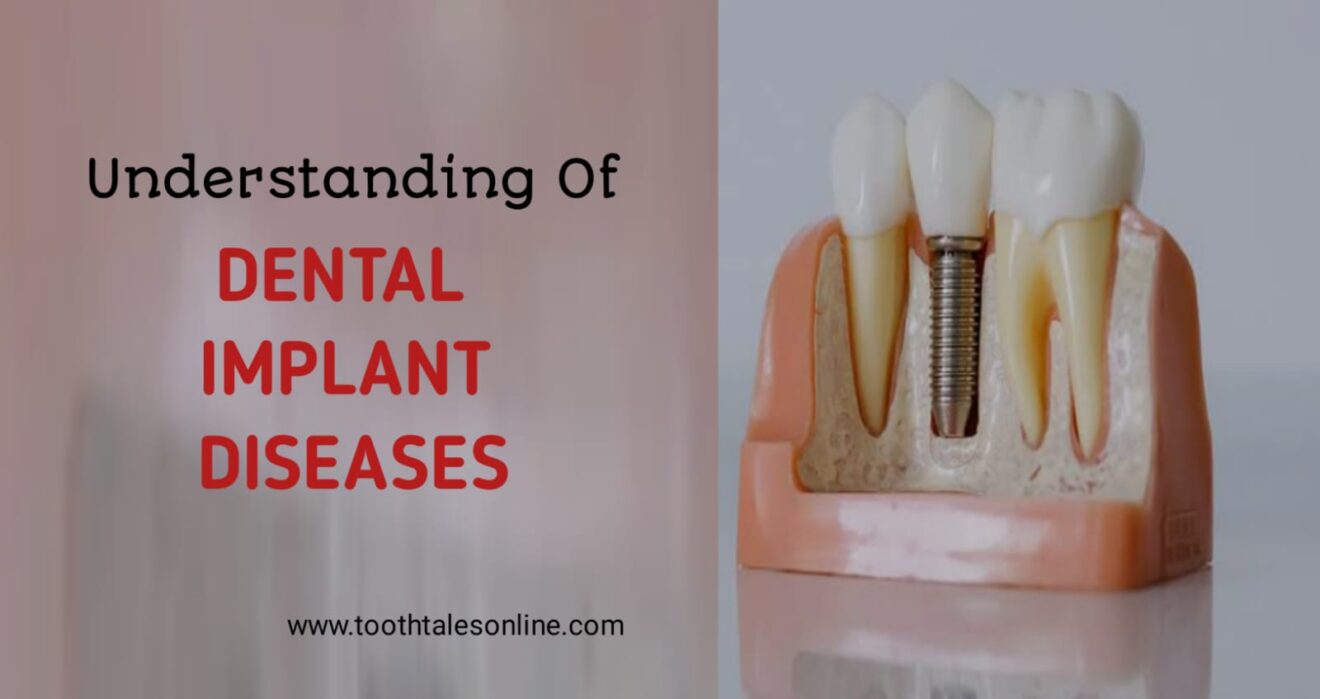
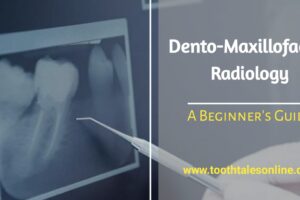

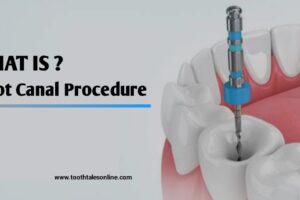










Add Comment